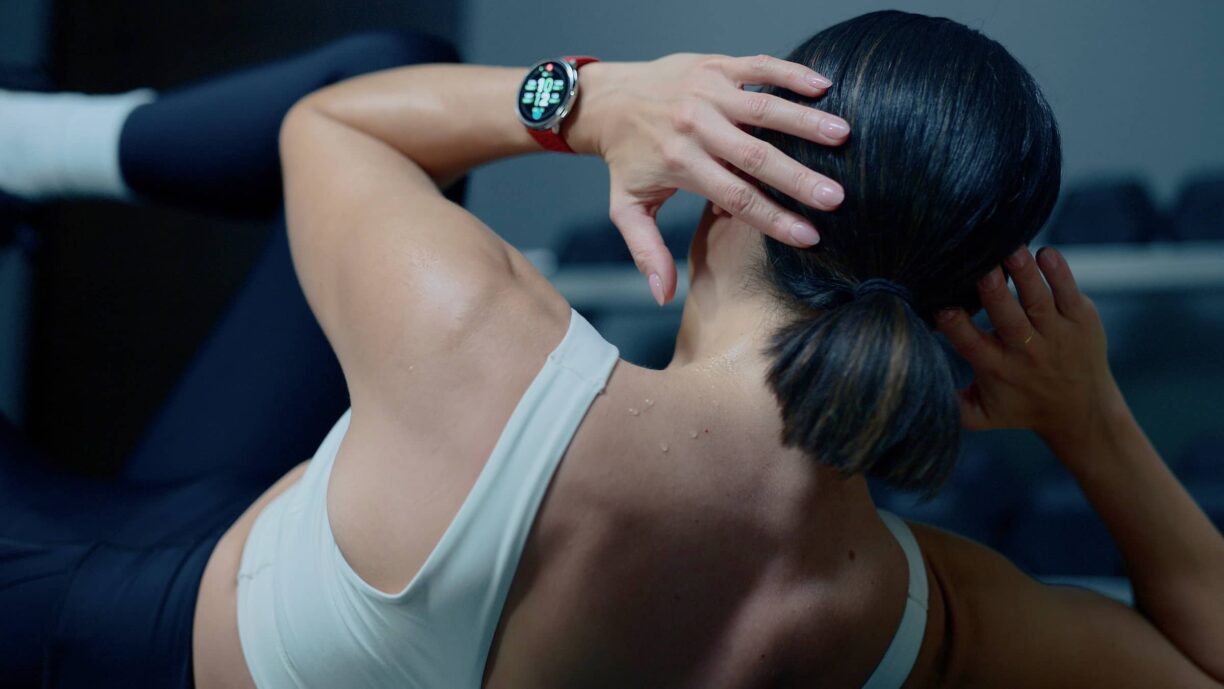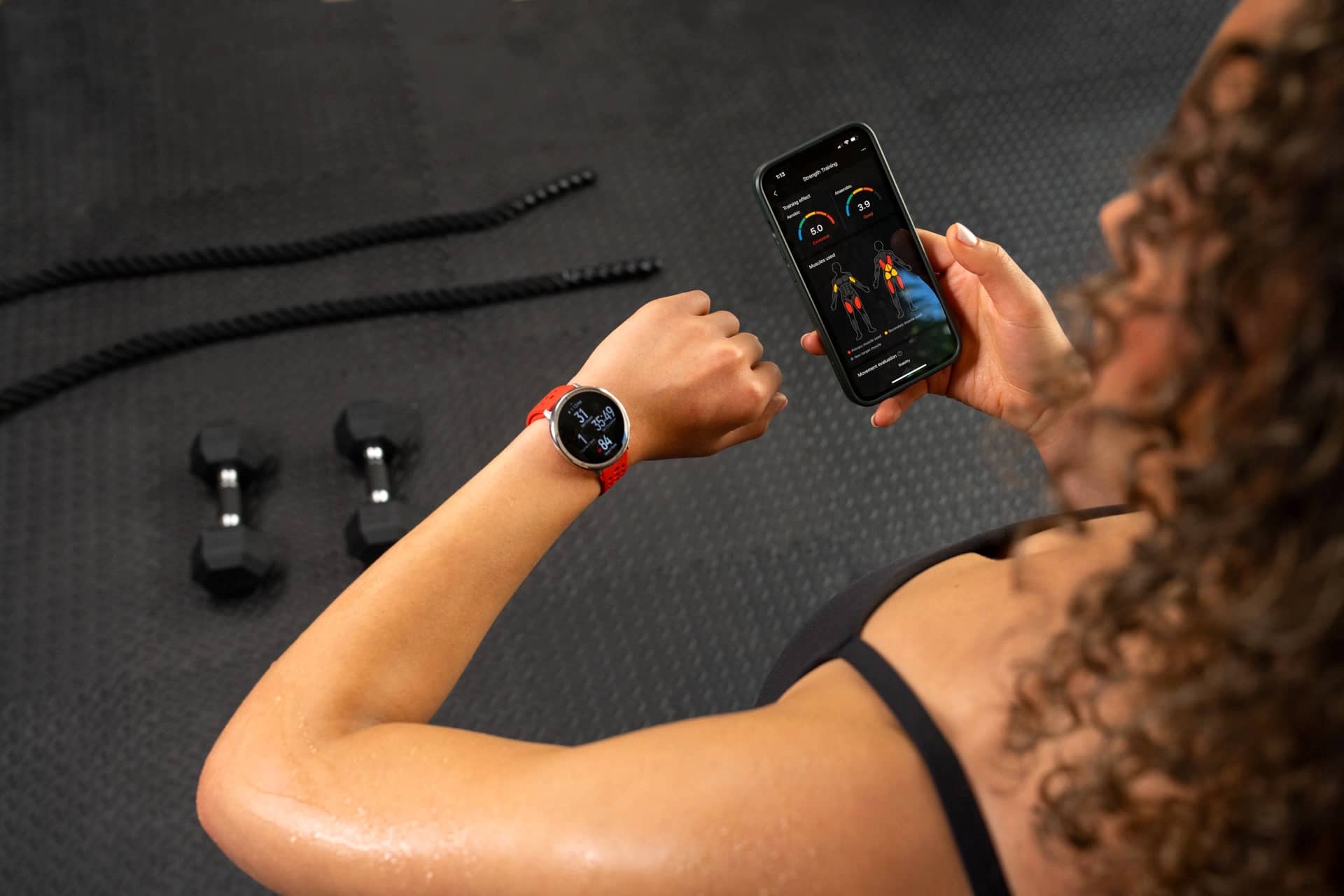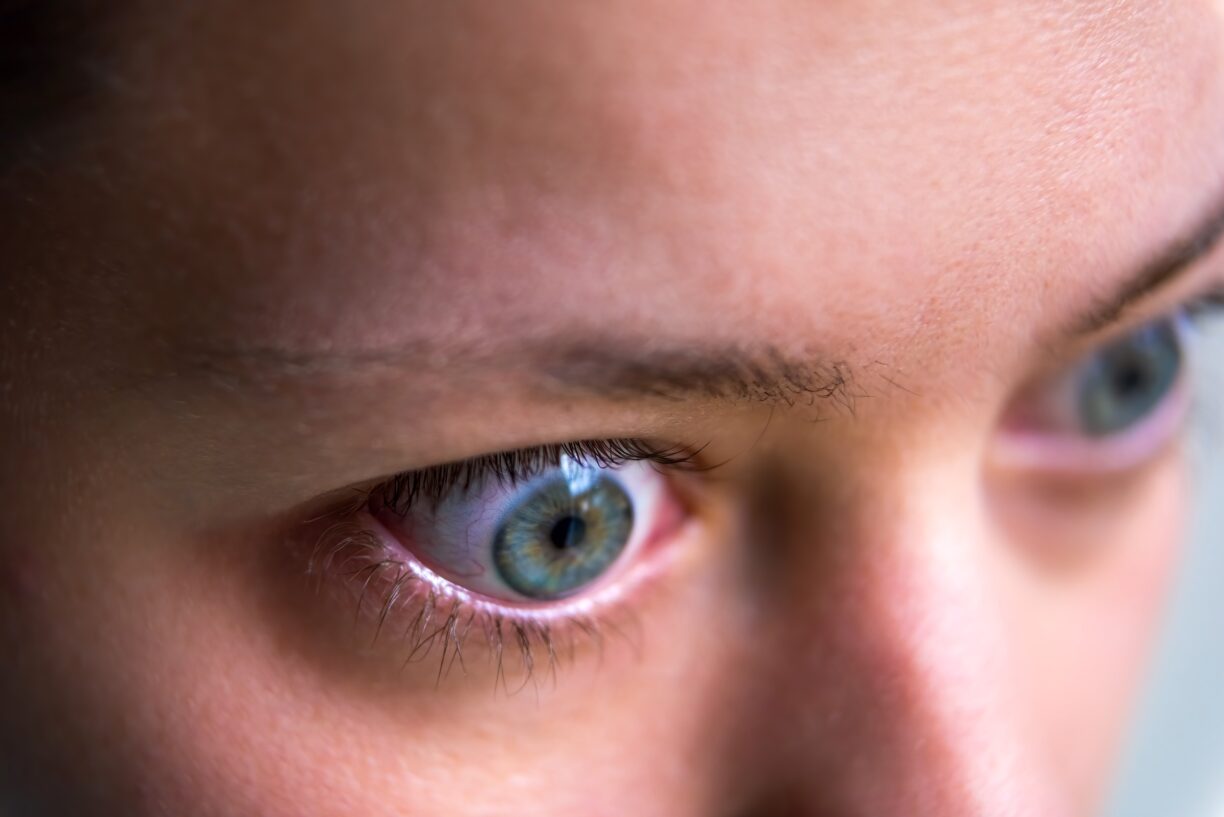For too long, health wearables have operated on the assumption that the male body is the default, with data and metrics geared to a physiology that only tells half the story. But there’s a change brewing, and it’s about time.
Women’s health – long under-represented in medical research and technological innovation – is finally getting the attention it deserves in the world of health wearables.
The numbers speak for themselves: in the UK, a paltry 2.5% of publicly funded health research has been earmarked for female-specific conditions.

Yet one in three women grapple with serious reproductive health issues. Predictably, this oversight has left vast gaps in understanding how women’s bodies work, and how best to support them.
Now, research is showing just how much the menstrual cycle influences everything from energy metabolism to injury risk and emotional wellbeing.
Oestrogen’s surge during the follicular phase – the first half of the cycle – brings higher energy, faster recovery, and a bigger pain threshold, making it a prime time for strength-based training.
But once progesterone takes over in the luteal phase, fatigue and reduced coordination can make workouts feel like slogging through treacle.
And let’s not forget the late luteal phase, where PMS can knock sleep, motivation and performance off course.
Yet for years, health wearables have offered generic data that doesn’t account for these changes. Until now. The Amazfit Active 2, for instance, is showing the industry how to do better.
By integrating with Wild AI, a platform built on over 450 scientific studies, the watch tailors its tracking to the nuances of female physiology.
It’s a shift from merely tracking to truly understanding. The watch’s readiness score – calculated using sleep heart rate, breathing quality and other markers – factors in the menstrual cycle, contraceptive use or menopause status.
This isn’t just a numbers game; it’s a real-time, data-backed approach to helping women work with their bodies, not against them.
“The idea is to reduce injury risk, optimise performance, and build a sustainable approach to fitness,” the Amazfit team says. It’s not just about performance either – nutritional guidance adjusts to changing energy demands across the cycle, and fertility planning insights are built in too.
Connecting to the Wild AI app means this information is available at a glance on the wrist – a daily companion that actually understands what’s going on under the surface.
Backed by Amazfit’s Zepp Coach™, these adaptive fitness plans go beyond the ‘one-size-fits-all’ approach, whether you’re training for a marathon or just trying to get moving more.
It’s a sign of a cultural shift. For decades, health wearables ignored the cyclical nature of women’s bodies, treating it as a complication or niche concern.
Now, as more tech firms start to see the importance of inclusive design, health wearables are finally starting to meet women where they are.
The Amazfit Active 2, with its data-driven understanding of hormonal patterns, sets a new standard. This isn’t a ‘special feature’ – it’s a blueprint for future tech.
And while it’s encouraging to see, it’s also a long-overdue correction. Because when it comes to women’s health, ‘good enough’ has never been good enough.





